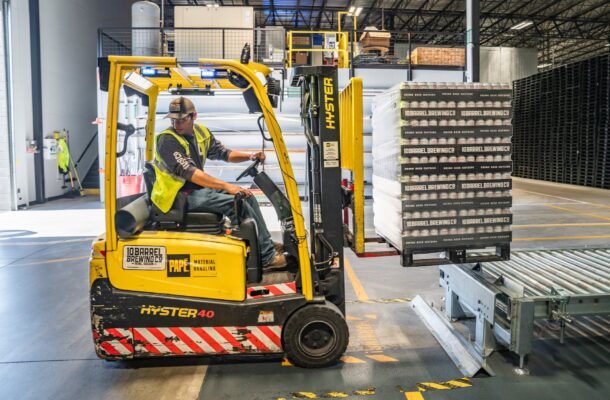Australia’s productivity problem

A new report from the Productivity Commission shows that labour productivity fell sharply in 2022-23, as a record-breaking increase in hours worked failed to generate a similar increase in economic output.
The Annual productivity bulletin 2024 provides the most complete picture to-date of the drivers of Australia’s productivity decline over 2022-23.
“We now have a clearer understanding of what’s behind Australia’s productivity slump. Sharp increases in working hours have seen productivity decline, but this makes policies to boost productivity even more important,” said Productivity Commission Deputy Chair Alex Robson.
Labour productivity fell by 3.7% – well below the long-term average growth rate of 1.3%. This result was driven by a 6.9% increase in hours worked by Australians – the highest annual increase in history.
The decline in labour productivity was accompanied by slow hourly wage growth over the year. Despite this, average incomes increased.
“Australians’ incomes grew in 2022-23, mostly because they worked more hours. But productivity growth is about working smarter, not working harder or longer. Given our labour force participation rate is near its historical high, we won’t be able to rely on working harder or longer as a source of income growth moving forward,” said Deputy Chair Robson.
“What’s worse, we know nominal wage growth without productivity growth can fuel inflation. Sustainable, long-term wage growth can only be realised by securing productivity gains.”
The capital-to-labour ratio fell by 4.9% in 2022-23 – the highest recorded decline in Australia’s history. This meant on average, each worker had access to a shrinking amount of capital, which weighed down labour productivity.
“Employment growth easily outpaced capital deepening in 2022-23. So while a record number of Australians had jobs, employers didn’t invest in the equipment, tools and resources that are needed to make the most of employees’ skills and talents. Further capital investment would help turn our strong employment growth into strong productivity growth,” said Deputy Chair Robson.
The decline in labour productivity over 2022-23 reversed the gains seen during the earlier stages of the COVID-19 pandemic.
“Measured productivity rose rapidly during COVID-19, mostly due to a temporary sectoral shift in employment, away from low productivity industries to higher productivity industries. This data shows that this pandemic ‘productivity bubble’ has well and truly burst,” said Deputy Chair Robson.
The report also found that wage decoupling – the extent to which productivity growth fails to drive growth in real wages – was slightly higher than previously thought for most Australians, partly due to revisions in the Australian Bureau of Statistics historical data.
“The relationship between wages and productivity weakened slightly, but it is still strong over the long run. This reminds us that productivity growth is still the only path to sustainable growth in real wages over time,” said Deputy Chair Robson.
Open Forum is a policy discussion website produced by Global Access Partners – Australia’s Institute for Active Policy. We welcome contributions and invite you to submit a blog to the editor and follow us on Twitter, Facebook, Linkedin and Mastadon.












